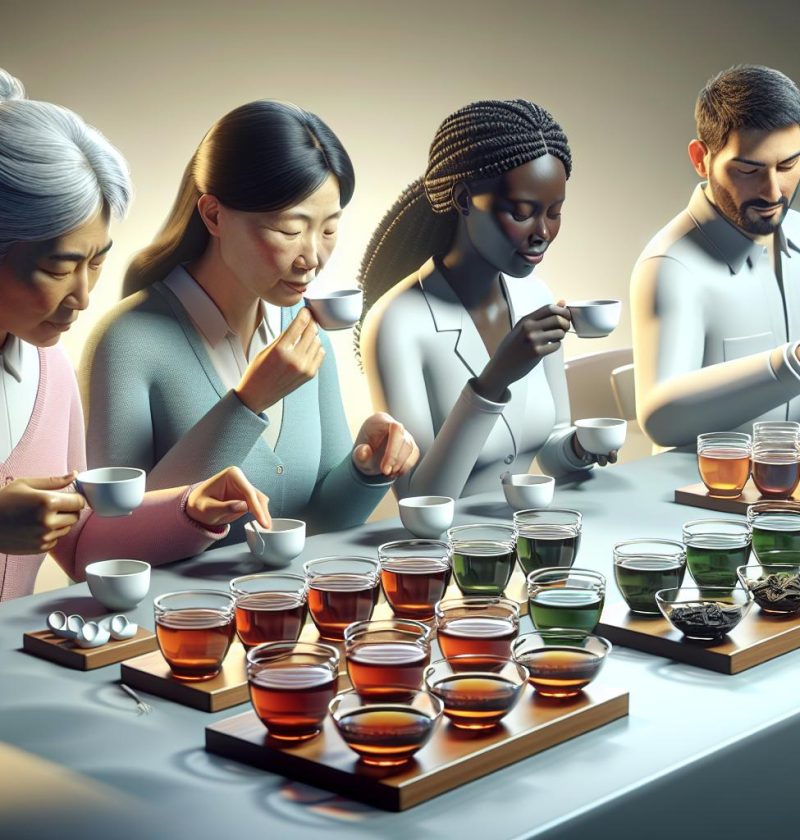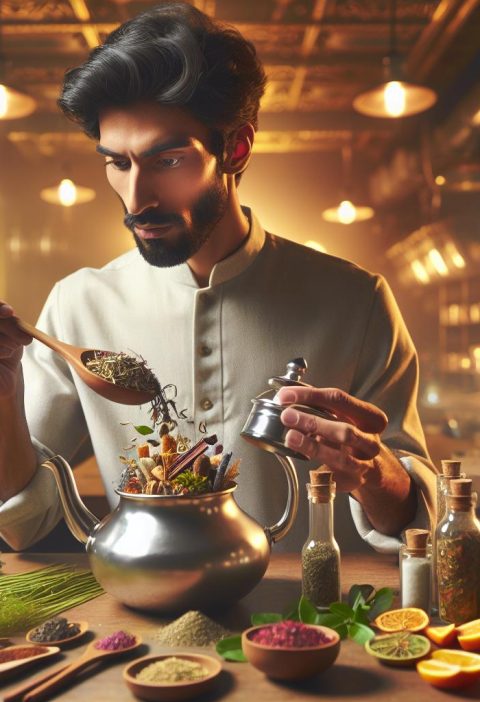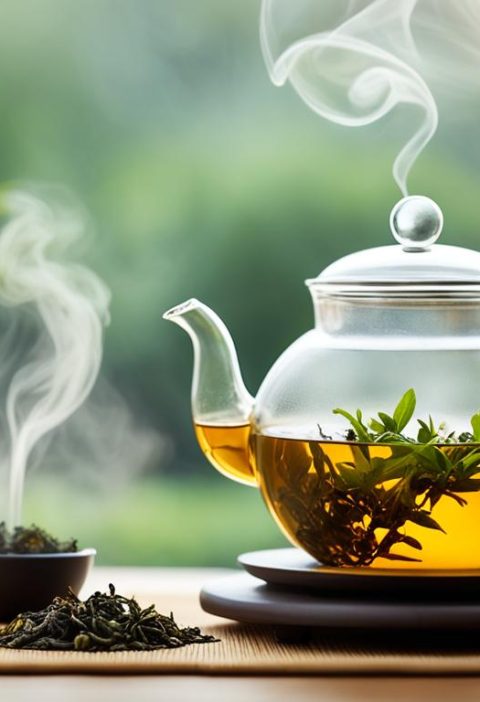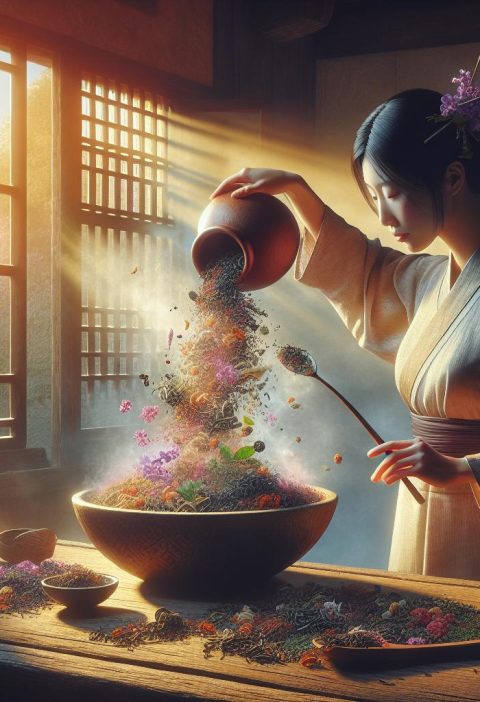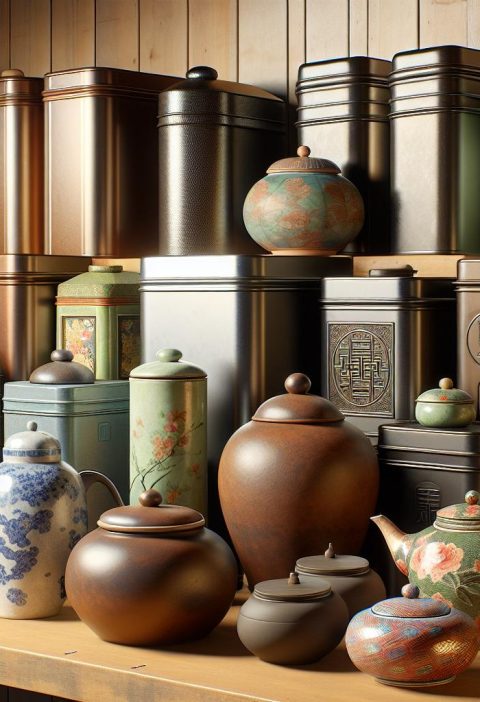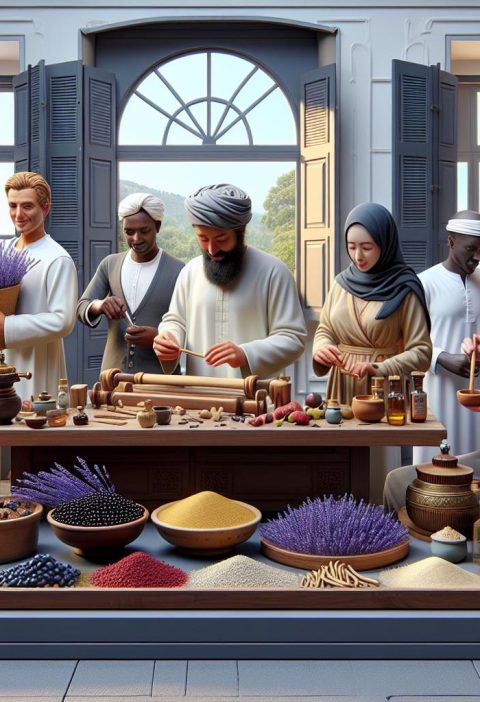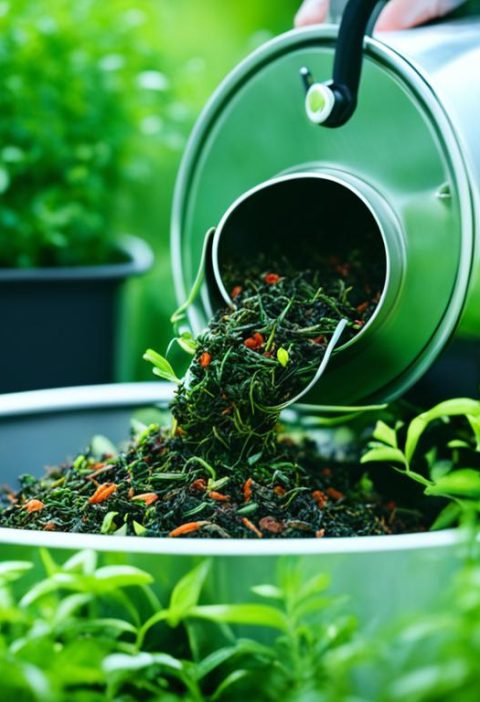So, you’re ready to dive into the fascinating world of tea tasting notes. Exploring the intricate flavors and aromas of different teas can be a truly enriching experience. From the delicate floral notes of a green tea to the robust earthiness of a pu-erh, each cup tells a unique story that captivates our senses.
Understanding tea tasting notes is like unlocking a treasure trove of flavors waiting to be discovered. Whether you’re a seasoned tea enthusiast or just starting your journey, this guide will equip us with the knowledge and tools needed to appreciate and savor the diverse profiles of teas from around the world. Get ready to embark on a flavorful adventure as we unravel the secrets behind tea tasting notes.
Understanding Tea Tasting Notes
Tea tasting notes offer a window into the intricate world of flavors and aromas found in different types of teas. It’s essential to develop our palate to discern these subtle nuances. Here’s how we can understand and appreciate the art of tea tasting notes at various levels of expertise.
For Beginners: Embrace the Basics
- Start by familiarizing ourselves with common tea tasting vocabulary such as “floral,” “earthy,” “malty,” and more.
- Experiment with different types of tea to recognize basic flavor profiles like “bitterness,” “sweetness,” and “astringency.”
- Take note of the tea’s appearance, scent, and taste to build a foundation for understanding tasting notes.
For Intermediate Enthusiasts: Dive Deeper
- Expand our tea collection to include a variety of teas like green, black, oolong, and white teas to explore a broader range of flavors.
- Pay attention to subtle differences in brewing methods, water temperature, and steeping time to enhance our tasting experience.
- Develop our palate by comparing teas side by side to identify distinctive tasting notes unique to each tea variety.
- Conduct blind taste tests to sharpen our ability to identify specific tasting notes without visual cues.
- Explore single-origin teas to appreciate the influence of terroir on flavor profiles and aroma complexity.
- Document our tasting experiences in a tea journal to track personal preferences, flavor discoveries, and brewing techniques for future reference.
Tea tasting is a personal journey of exploration and discovery. By honing our tasting skills and knowledge at every level, we can unlock a world of flavors and aromas in every cup of tea we enjoy.
Importance of Developing a Palate
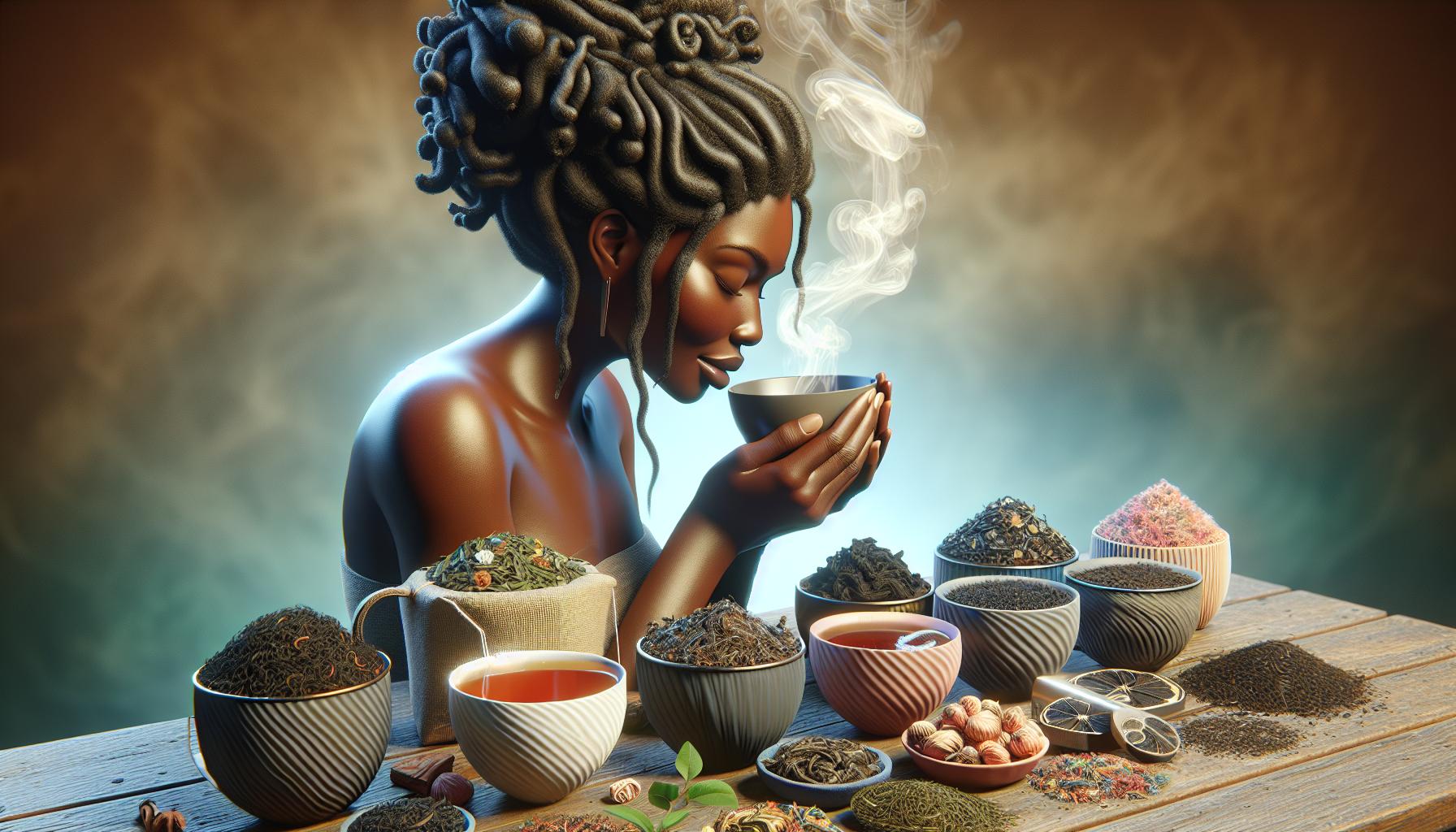
When it comes to tea tasting, developing a palate is crucial for truly appreciating the nuances of different tea flavors and aromas. Whether you’re just starting or looking to refine your skills, honing your palate can elevate your tea tasting experience to new heights. Here are some tips tailored to different experience levels:
For Beginners: Understanding the Basics
- Start by exploring a variety of teas, from green and black to oolong and herbal.
- Familiarize yourself with basic tea tasting vocabulary like bitter, sweet, astringent, and floral.
- Pay attention to the color of the tea, its aroma, and how it feels on your palate.
- Experiment with different brewing methods to see how it affects the taste of the tea.
- Consider starting a tea journal to track your preferences and discoveries.
For Intermediate Enthusiasts: Refining Your Palate
- Expand your tea collection to include rare and specialty teas from different regions.
- Focus on improving your brewing techniques, adjusting factors like water temperature and steeping time.
- Conduct blind taste tests to challenge your palate and enhance your ability to identify subtle flavors.
- Attend tea tasting events or workshops to learn from experts and exchange insights with fellow enthusiasts.
- Continuously update your tea journal with detailed notes on each tasting experience.
- Delve into the world of aged and fermented teas to experience complex and unique flavors.
- Fine-tune your brewing skills to bring out the best in each tea, experimenting with gongfu or grandpa style brewing.
- Organize tea tasting sessions with friends or colleagues to share your knowledge and expand your tasting horizons.
- Explore the art of tea blending to create custom flavor profiles that suit your preferences.
- Push the boundaries of your palate by seeking out rare and limited edition teas for an unforgettable tasting journey.
By continuously developing our palate through exploration, practice, and sharing experiences with others, we can unlock the full potential of tea tasting and embark on a fulfilling journey of sensory discovery.
Exploring Different Tea Varieties
For Beginners: Identifying Tea Categories
- Start with basic tea categories: white, green, oolong, black, and herbal.
- Understand the characteristics of each category.
- Sample a variety of teas to develop your palate.
- Experiment with different brewing methods.
For Intermediate Tea Enthusiasts: Diving Deeper
- Explore specific tea varieties within each category.
- Develop a deeper understanding of origin and processing methods.
- Refine brewing techniques for optimal flavor.
- Participate in blind taste tests to hone your skills.
- Delve into rare teas: pu-erh, yellow tea, aged teas.
- Organize tasting sessions with fellow enthusiasts.
- Experiment with tea blending for unique flavor profiles.
- Seek out aged and fermented teas for a complex tasting experience.
| Key Points | Information |
|---|---|
| Tea Categories | White, Green, Oolong, Black, Herbal |
| Brewing Methods | Essential for tea flavor |
| Rare Teas | Pu-erh, Yellow, Aged Teas |
How to Identify Tea Flavors
Tea tasting is an art that requires patience and practice to develop a discerning palate. Whether you are a beginner or an experienced enthusiast, honing your ability to identify key flavors in teas can greatly enhance your tasting experience. Here’s a guide tailored to different experience levels:
For Beginners: Mastering the Basics
- Start with the fundamentals: Begin by familiarizing yourself with basic tea categories such as white, green, oolong, black, and herbal teas.
- Take notes: When tasting teas, jot down your observations on aroma, taste, mouthfeel, and aftertaste to build your flavor vocabulary.
- Compare and contrast: Experiment with different teas within the same category to train your taste buds to distinguish subtle differences.
- Attend tea tastings: Join tea tasting events or workshops to learn from experienced tasters and expand your flavor recognition.
For Intermediate Enthusiasts: Enhancing Your Palate
- Focus on specific varieties: Dive deeper into specific tea varieties within each category to understand their unique flavor profiles.
- Explore origin and processing methods: Learn about the origins of teas and how different processing techniques affect their flavors.
- Refine your brewing techniques: Adjust brewing parameters such as water temperature, steeping time, and tea-to-water ratio to bring out the best flavors.
- Participate in blind taste tests: Challenge yourself by blind tasting teas to sharpen your ability to identify flavors without visual cues.
- Delve into rare teas: Explore rare and aged teas like pu-erh, yellow tea, and aged teas to experience complex and nuanced flavors.
- Organize tasting sessions: Host your own tea tasting sessions with friends or fellow enthusiasts to share knowledge and expand your palate.
- Experiment with tea blending: Create your own tea blends to understand how different teas complement each other and create harmonious flavors.
- Seek out aged and fermented teas: Venture into aged and fermented teas to discover the depth and richness of flavors that develop over time.
In the journey of identifying tea flavors, remember that practice plays a vital role in refining your palate and discovering the intricate nuances of different teas. Embrace the diversity of tea varieties and flavors to enrich your tea tasting experience.
Tasting Techniques to Enhance Experience
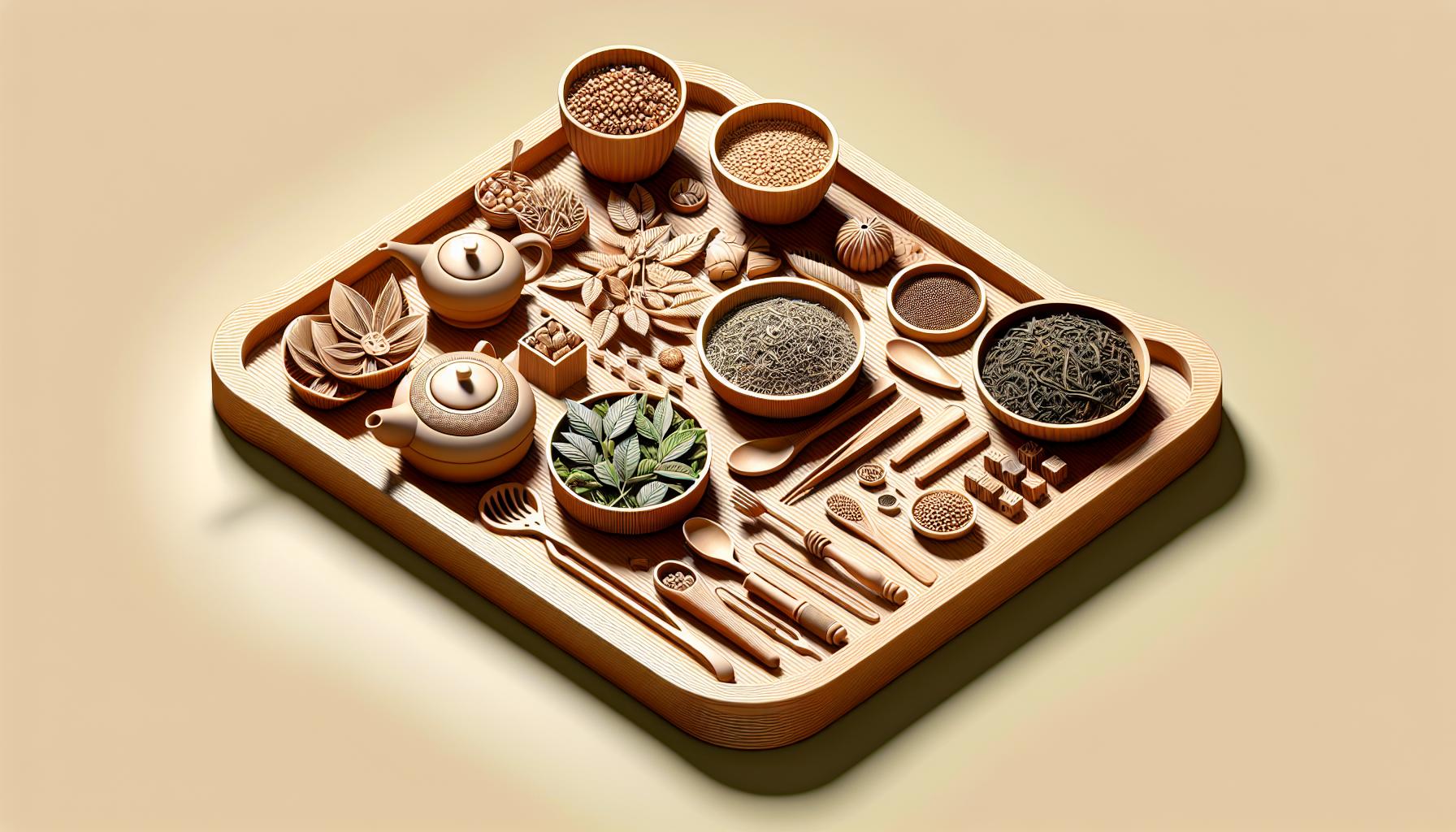
For Novice Tasters: Getting Started Right
- Start by selecting high-quality teas.
- Focus on one tea category at a time.
- Observe the tea’s color, aroma, and taste.
- Take notes to track your preferences.
- Experiment with different brewing techniques.
- Attend tea tasting events to broaden your palate.
For Seasoned Enthusiasts: Elevating Your Experience
- Dive deeper into specific tea varieties.
- Explore the origin and processing methods of teas.
- Refine your brewing skills for optimal flavor extraction.
- Engage in blind taste tests to hone your palate.
- Delve into rare teas like pu-erh and aged varieties.
- Host tea tasting sessions to share experiences.
- Blend teas to create unique flavor profiles.
- Seek out aged and fermented teas for complexity.
- Conduct advanced tastings to identify nuanced flavors.
- Develop your sensory memory for tea profiles.
- Experiment with tea aging to understand its effects.
- Craft blends with precision and creativity.
- Explore tea fermentation processes for distinctive tastes.
- Share your expertise through workshops and classes.
- Travel to tea-producing regions for immersive experiences.
- Keep pushing boundaries to expand your tea knowledge.
| Tea Tasting Tip | Experience Level |
|---|---|
| Start with one tea category | Beginner |
| Explore origin and processing methods | Intermediate |
| Identify nuanced flavors in teas | Expert |
Conclusion
We’ve explored the art of tea tasting, from beginner basics to advanced techniques. Starting with high-quality teas and focusing on one category at a time, we’ve learned to observe color, aroma, and taste, taking notes and experimenting with brewing. For seasoned enthusiasts, the journey continues with exploring specific varieties, refining brewing techniques, and engaging in blind tests. Trying rare teas like pu-erh and hosting tasting sessions add depth to our tea experience. Advanced tips, such as identifying nuanced flavors and crafting precise blends, elevate our tea tasting skills. By continuously expanding our knowledge and sharing expertise, we embark on a flavorful journey through the diverse world of tea.
